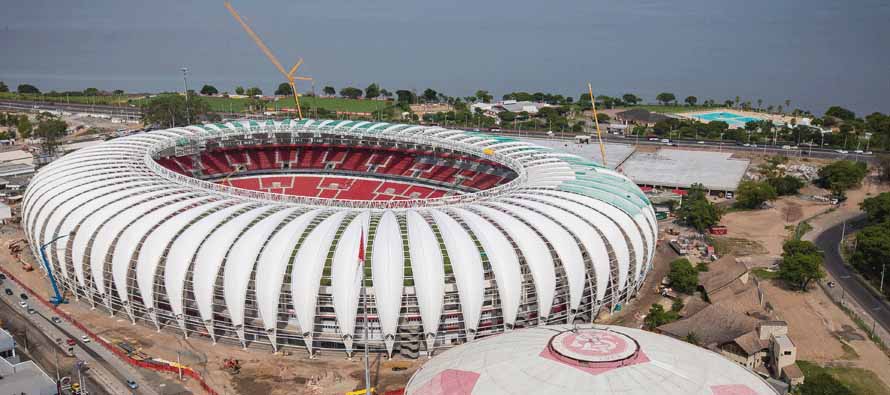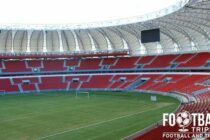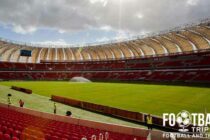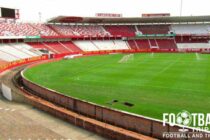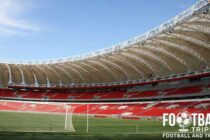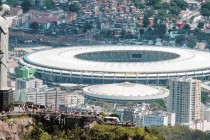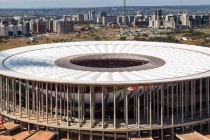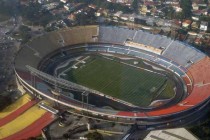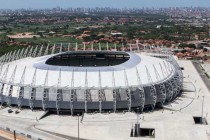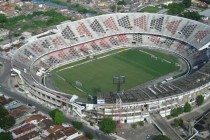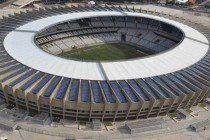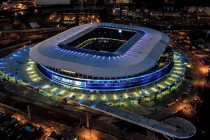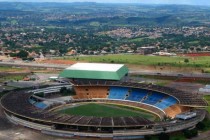Estádio Beira-Rio technically known as Estádio José Pinheiro Borda is a football stadium located in the city of Porto Alegre, within the Southern state of Rio Grande do Sul. The 51,300 capacity stadium is located besides the Guaíba River and is home of Sport Club Internacional with the most recent renovation occurring in 2013.
Internacional Stadium Guide
Stadium Facts
| Overview | |
|---|---|
| Team: | Internacional |
| Opened: | 1969 |
| Capacity: | 51,300 |
| Address: | Av. Padre Cacique, 621-1571, Praia de Belas, Porto Alegre |
Estádio Beira-Rio History
Estádio Beira-Rio first opened on 6th April 1969 with an inaugural football held between local side Internacional and Portuguese giants, S.L Benfica. The home side celebrated a narrow 2-1 victory in their new stadium which was the culmination of over 13 years hard work, with the original document for planning permission submitted to the regional government in 1956 by councilman Ephraim Pinheiro Cabral.
Constructed by a mixture of professional contractors and members of the club’s enthusiastic fanbase , the stadium is officially named in honour of José Pinheiro Borda who supervised the project but sadly died before its completion. For a while some sections of the media and the club’s support believed that the elderly Portuguese engineers work was in vain as progress on the ground was very slow.
Embedded within the wider Beira-Rio Sports Complex which contains numerous facilities such as a Chapel, shops, bars and public gyms, today Internacional stadium is the second largest stadium within the state of Rio Grande do Sul. For many years it was the largest ground in the county but Arena do Grêmio opened in December 2012.
Regardless Estádio Beira-Rio was chosen ahead of Gremio’s new stadium to represent the city of Porto Alegre, and was one of twelve stadiums which hosted matches of the 2014 World Cup. The Stadium underwent large scale renovations to modernise it in time for the tournament, and it hosted five games in total including one round of 16 match between Algeria and eventual World Champions, Germany.
Stand Photos
How to get to Estádio Beira-Rio
Where is Estádio Beira-Rio?
Frequently Asked Questions
Who plays at Estádio Beira-Rio?
Brazilian side Internacional play their home matches at Estádio Beira-Rio.
What is the capacity of Estádio Beira-Rio?
As of 2024 Estádio Beira-Rio has an official seating capacity of 51,300 for Football matches.
When was Estádio Beira-Rio opened?
Estádio Beira-Rio officially opened in 1969 and is home to Internacional
Are there any Covid restrictions at the stadium?
Covid Restrictions may be in place when you visit Estádio Beira-Rio in 2024. Please visit the official website of Internacional for full information on changes due to the Coronavirus.

